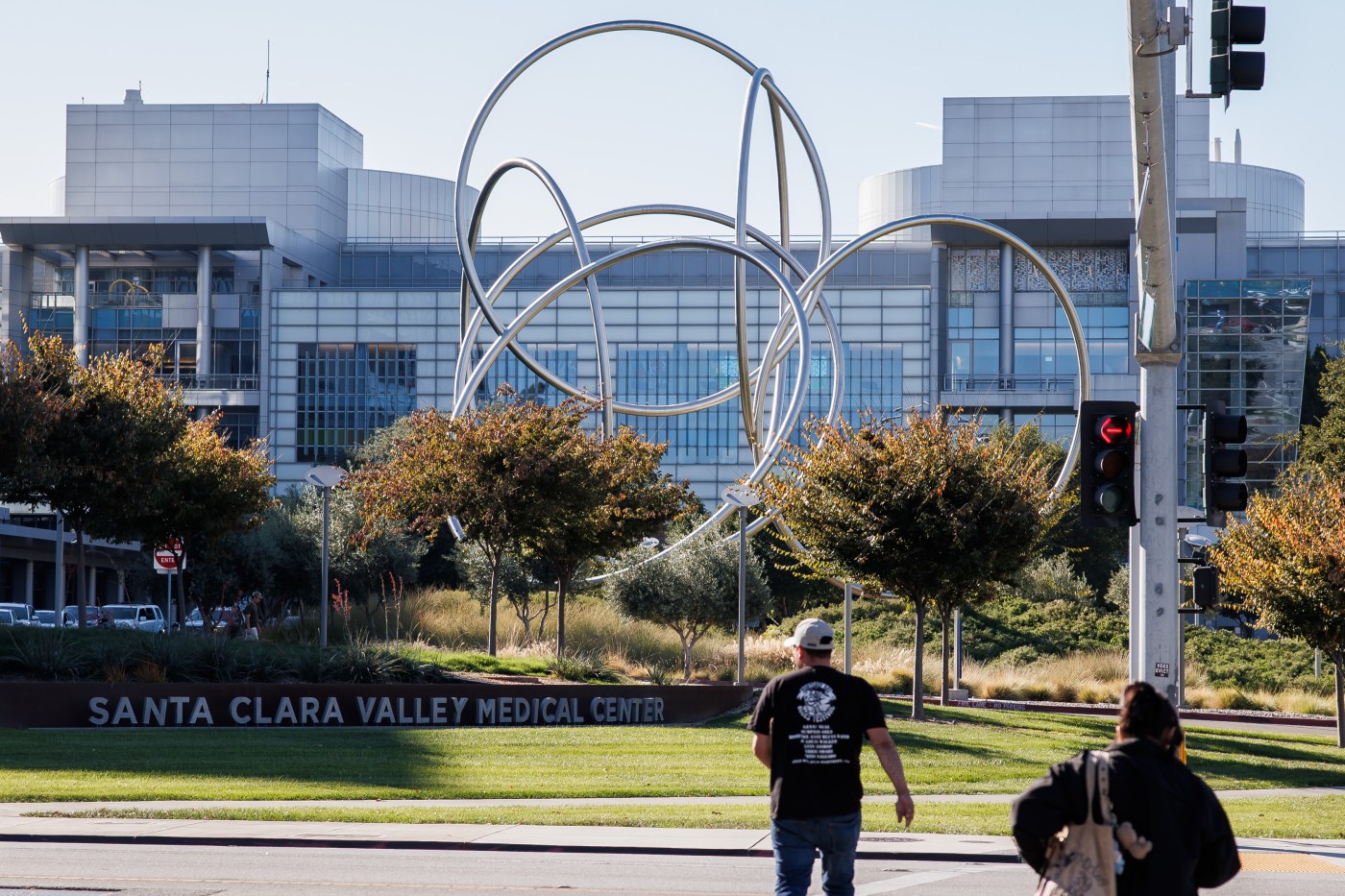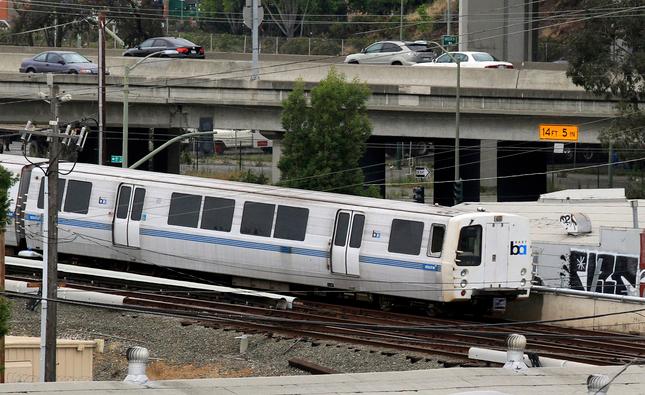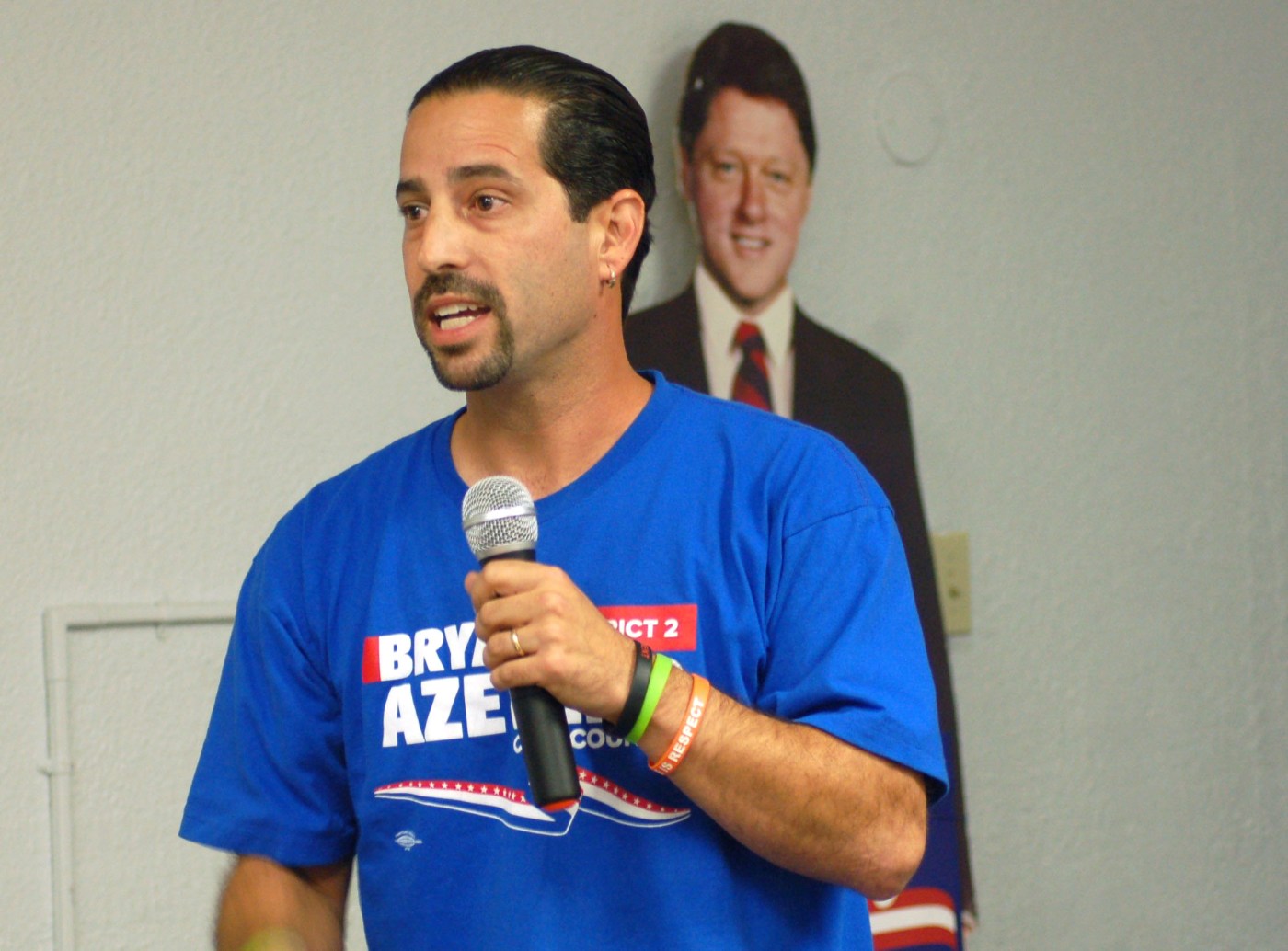While Santa Clara County’s ballot initiative to help shore up its coffers amid colossal federal cuts to Medicaid looks like it will prevail, the fiscal storm triggered by President Donald Trump’s tax and spending bill is far from over.
From the onset, county officials have warned that Measure A — set to increase the local sales tax rate by 0.625% next April — will only fill part of the huge gap left by roughly $1 billion in lost federal revenues annually. But without the funding stream, the county feared it would have to shut down critical health care services entirely as it expects to lose $223 million in federal money this year as a result of changes to Medicaid — more than 50% of the Santa Clara Valley Healthcare system’s revenues come from Medi-Cal, California’s Medicaid program for low-income and disabled residents.
“We are delighted that this really critical piece has fallen into place,” County Executive James Williams told The Mercury News. “It is going to make an extraordinary difference, but we also still are facing hundreds of millions of dollars in impacts.”
The county has already stated its plans to seek support from the state for its health care system, which operates four hospitals and 15 clinics, and cost savings efforts are already underway with officials planning to bring forward $200 million in spending reductions to the health care system in February.
The impacts of Trump’s big tax and spending bill that he signed into law on July 4 were immediately felt by the county. Work requirements to determine Medicaid eligibility won’t take effect until next year, but the bill has already frozen or cut other critical payments. Many of these revenues helped bridge the gap between the actual cost of providing health care services and Medicaid reimbursements rates. They’re also crucial for public hospital systems like the one in Santa Clara County that disproportionately serves a large percentage of Medi-Cal enrollees.
The tax increase, which will go into effect on April 1, 2026, will help soften some of the financial blow of an expected total deficit of $228 million after cuts to those types of supplemental payment programs.
County officials are projecting the tax will generate $83 million dollars from when it goes into effect to the end of the fiscal year on June 30, 2026, reducing the funding gap they have to close to $145 million.
The following fiscal year, the county is expecting an $800 million deficit — with $513 million of that a result of Trump’s landmark legislation. The sales tax is forecasted to raise $330 million in a full fiscal year, leaving the county with a $470 million funding gap to bridge in 2026-27.
Williams reasserted this week that the money raised from the tax will go toward supporting the Santa Clara Valley Healthcare system, while emphasizing that all of the county’s services are interdependent — the inability to backfill lost Medicaid revenues could mean cuts to other critical operations.
But opponents of Measure A are not convinced county officials will spend the funds the way they say they will.
Critics of the ballot initiative have said that taxes are already too high — the local sales tax rate is currently currently 9.125% countywide, though higher in some cities, and the increase would put Campbell, Milpitas and San Jose at a 10% sales tax rate or higher. Opponents also condemned the county’s decision to make it a general sales tax that doesn’t restrict the revenue for specific purposes. Williams, for his part, said there will be independent auditing and oversight of all of the dollars generated from the tax.
Pat Waite, the treasurer of the Silicon Valley Business Alliance, said in an email that it’s “unfortunate, but not surprising that Measure A passed.”
“While I remain skeptical,” he said. “I truly hope that the county devotes these funds to supporting the health system, as that is what they promised voters.”
Santa Clara County officials said Tuesday night that the special election was on track to have a 50 to 60% voter turnout, which Registrar of Voters Matt Moreles said is “high for a special election and may even exceed some regularly-scheduled statewide elections.”
The turnout was likely boosted by Proposition 50 — California’s partisan redistricting measure — at the top of the ticket. Initial election results indicate that more Santa Clara County voters cast ballots in the Prop. 50 contest, which quickly sailed to victory, than they did for Measure A. Even fewer participated in the assessor’s election that was triggered by Larry Stone’s decision to step down earlier this year.





